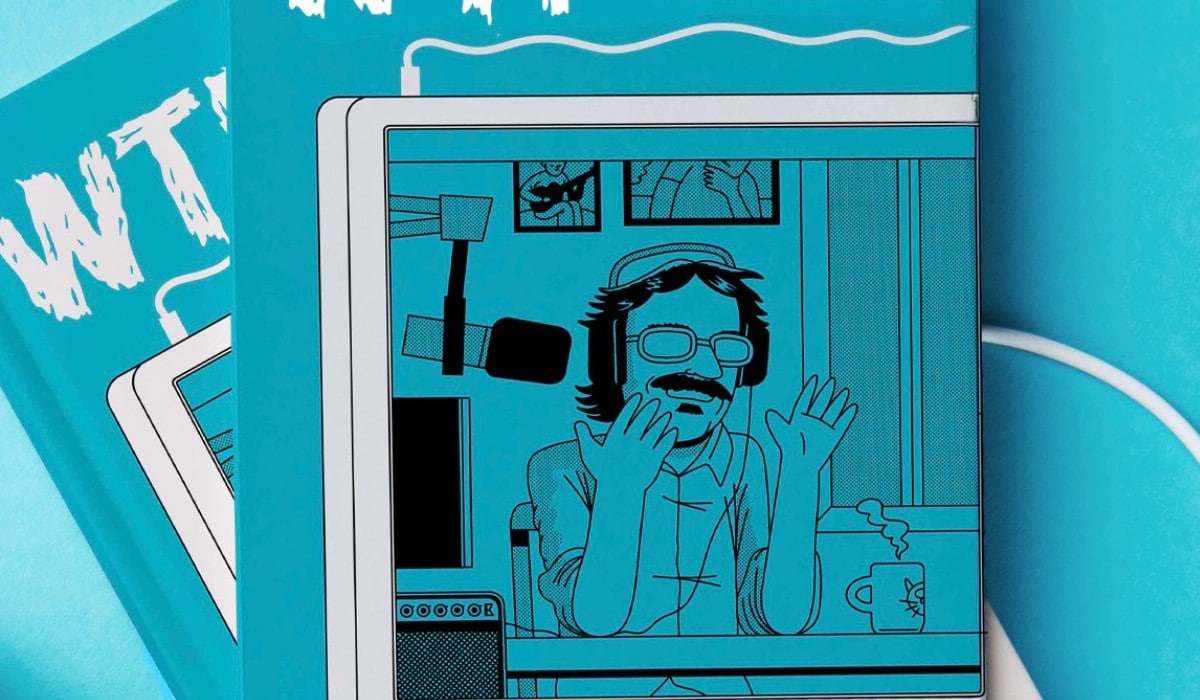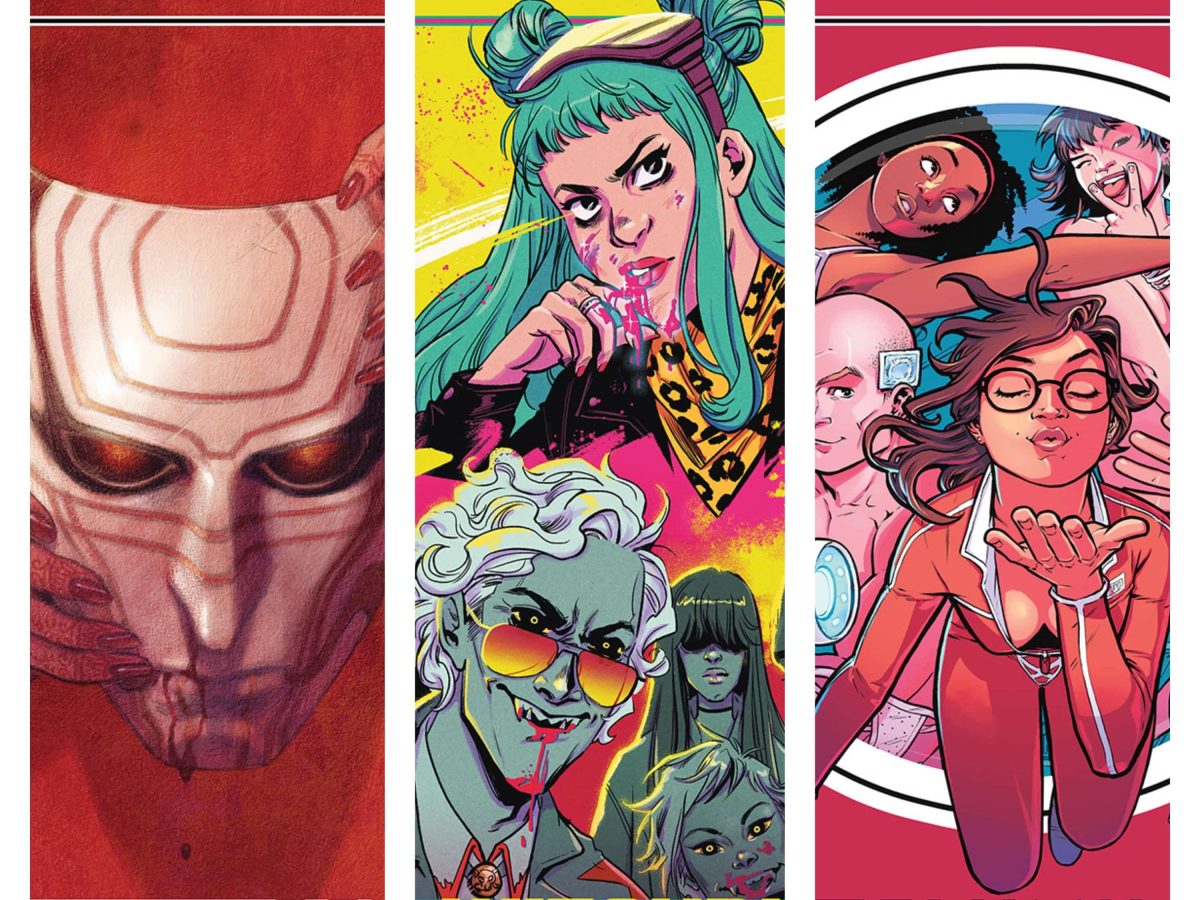One peculiar facet of coming of age in the late 90s and early aughts was witnessing the Star Wars Striver phenomenon. Back then, it seemed like every summer blockbuster season brought a new handful of movies billed as “Star Wars for the New Generation.” That generation, of course, being Gen Y.
And few late 90s sci-fi films embody that trend better than 1997’s The Fifth Element.

Luc Besson’s 30-year passion project is one of the most honest science fiction films ever made. Not because of its theology, which is muddled at best, or its script, which reflects better French comic books, but because it doesn’t lie to the audience about what it is.
At heart, The Fifth Element is a circus: a technicolor Eurotrash carnival with just enough American-style gunplay and Bruce Willis stoicism to sell it west of the Atlantic.
But something else is going on beneath all the Blade Runner: the Disney Ride aesthetics. This movie takes the supreme risk of making the main villain not a person, but Evil itself. Our heroes must contend with a disembodied force of death that must be countered not by cleverness or violence, but by love.

Hollywood used to make two kinds of sci-fi movies: sincere pulp and cynical trash. The Fifth Element somehow manages to be both. It’s not deep, but it’s pure. And while it might be kind of dumb, it knows what it wants to be. For that alone, it deserves more credit than the morally and aesthetically exhausted slop shoveled out today under the guise of franchise storytelling.
All that is to say that while you may not appreciate The Fifth Element, you definitely won’t forget it.
I know the movie is fresh in my mind after having sat down the other day for an in-depth review with Wes and Rett on Generation Video.
Listen to the full episode:
_______________For a unique action experience that breaks through the dead end of twentieth-century Eastern and Western mecha, read the military SF epic Combat Frame XSeed!Originally published here



















 English (US) ·
English (US) ·